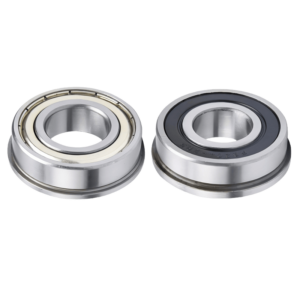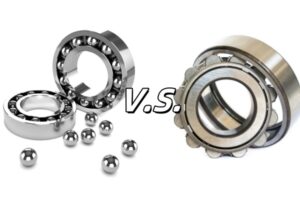You can quickly select the right bearing by using a flanged ball bearing size chart. Start by measuring the shaft, flange, and bearing width. Always check the flange for a secure fit. Use the chart to match these measurements. Pay close attention to load requirements. This method makes how to choose flanged ball bearings simple, even if you have no technical background. Remember, the flange keeps the bearing in place and helps prevent slip.
Key Takeaways
- Measure the shaft diameter carefully using a caliper or micrometer to ensure the bearing fits perfectly.
- Check the flange and outer diameter sizes against the size chart to prevent slipping and ensure a secure fit.
- Confirm the bearing width and match the load ratings to your project needs to avoid early failure.
- Always double-check your measurements and use consistent units to avoid costly mistakes and keep machines running smoothly.
1. Shaft Diameter
Measure the Bore
Start your selection process by measuring the shaft, also called the bore. This step is the foundation for picking the right flanged bearings. Use a caliper or a micrometer for the most accurate results. Place the tool across the widest part of the shaft and read the measurement. Make sure your tools are clean and calibrated. Even small errors can lead to a poor fit.
Micrometers can measure distances as small as 0.0001 inch. You can use different types of micrometers for outside, inside, or even groove measurements. Digital micrometers make it easy to record and transfer data. If you work in a shop or garage, keep your tools away from heat and moisture. Temperature and humidity can affect your readings. International standards like ISO 286 and ASTM help ensure your measurements are correct. In real-world cases, such as making hydraulic pistons, even a tiny mistake in shaft size can cause big problems. Always double-check your numbers before moving on.
Tip: Always measure the shaft at several points. This helps you spot any wear or uneven spots that could affect the fit of your flanged bearings.
Use the Size Chart
Once you have your shaft diameter, turn to the flanged ball bearing size chart. Find the row that matches your measurement. The chart lists bore sizes in both inches and millimeters. Make sure you use the same unit as your measurement. Matching the shaft diameter is the first and most important step in how to choose ball bearings. If you skip this step or guess the size, your flanged bearings may not fit or work well.
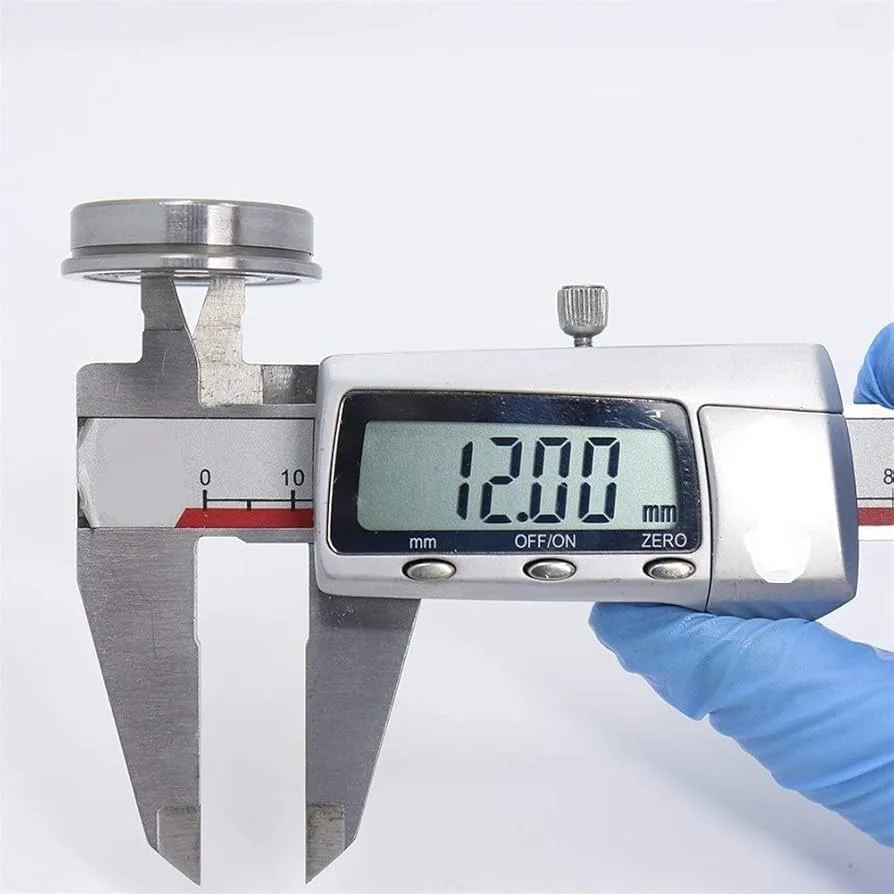
- Check the chart for the exact bore size.
- Confirm that the bearing you pick matches your shaft.
- Write down the part number for easy ordering.
Using the flanged ball bearing size chart saves you time and helps you avoid costly mistakes. This simple check gives you confidence as you move to the next step.
2. Flange & Outer Diameter
Check Flange Size
The flange plays a key role in flanged bearings. It keeps the bearing from moving sideways and helps secure it in place. You need to measure the flange carefully to make sure your bearing fits and works well. Use a caliper to measure the diameter of the flange. Place the tool across the widest part of the flange. Write down the number you see. This step helps you avoid problems like slipping or misalignment.
Note: The flange also helps with sealing and alignment. If you get the flange size wrong, your bearing may not stay in place or could wear out faster.
Manufacturers follow strict standards for flange size. These include ABEC, DIN, ISO, and ANSI. Each standard sets rules for how much the flange can vary in size. For example:
- ABEC classes (1, 3, 5, 7, 9) show how precise the flange must be.
- DIN and ISO standards also set limits for how round and flat the flange should be.
- Tighter classes mean less room for error and better performance.
You should always check the flanged ball bearing size chart to find the right flange size for your project. This chart lists all the sizes and helps you match your measurements.
Confirm Outer Diameter
Next, measure the outer diameter of your flanged bearings. This is the distance across the widest part of the bearing, not counting the flange. Use a caliper for this step too. Accurate measurement of the outer diameter is very important. If you get this wrong, your bearing may not fit the housing or could cause leaks and failures.
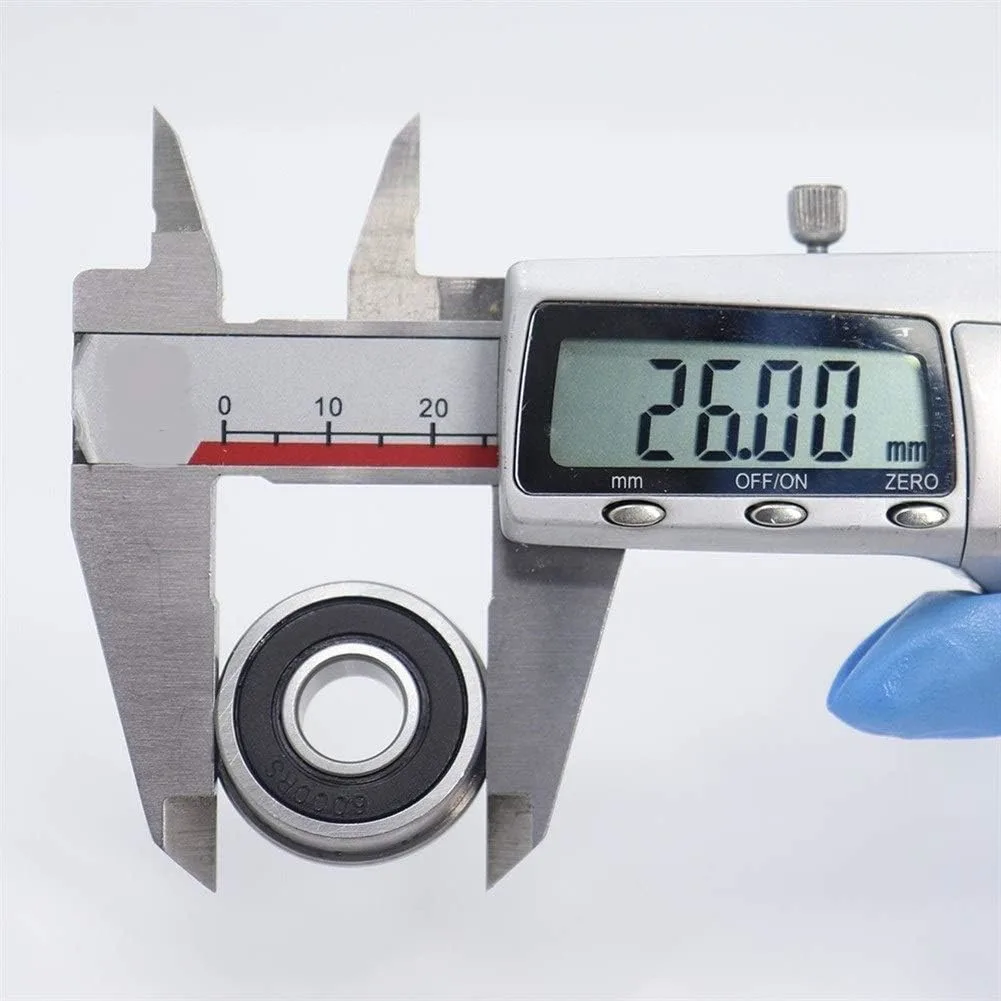
Research shows that the fit of the outer ring affects how much the bearing vibrates and how stable it is. A good fit keeps the bearing quiet and helps it last longer. Manufacturing guidelines say you must measure both the inner and outer diameters with care. Even a small mistake can lead to more friction, faster wear, or even bearing failure.
- Measure the housing where the bearing will sit.
- Compare your numbers to the flanged ball bearing size chart.
- Make sure the outer diameter matches both the bearing and the housing.
Tip: Always double-check your measurements. A small error in flange or outer diameter can cause big problems later.
The flanged design gives extra support and helps keep everything in place. When you follow these steps, you make sure your flanged design works as it should. You also help your flanged bearings last longer and perform better.
3. Width & Load
Bearing Width
You need to check the bearing width before making your final choice. The width tells you how much space the bearing will take up inside your assembly. You can find both the bearing width and the flange width in the flanged ball bearing size chart. Use a caliper to measure the width of your old bearing or the space in your housing. Write down your measurement and compare it to the chart.
Studies show that even small errors in measuring bearing width can cause problems. For example, temperature changes, sensor misalignment, and tool wear can all affect your results. In high-precision jobs, like aerospace or medical devices, the allowed difference in width can be as small as -0.001 inches for top-grade bearings. Lower-grade bearings can have a difference of up to -0.0050 inches. Always use the right tools and double-check your numbers to avoid mistakes.
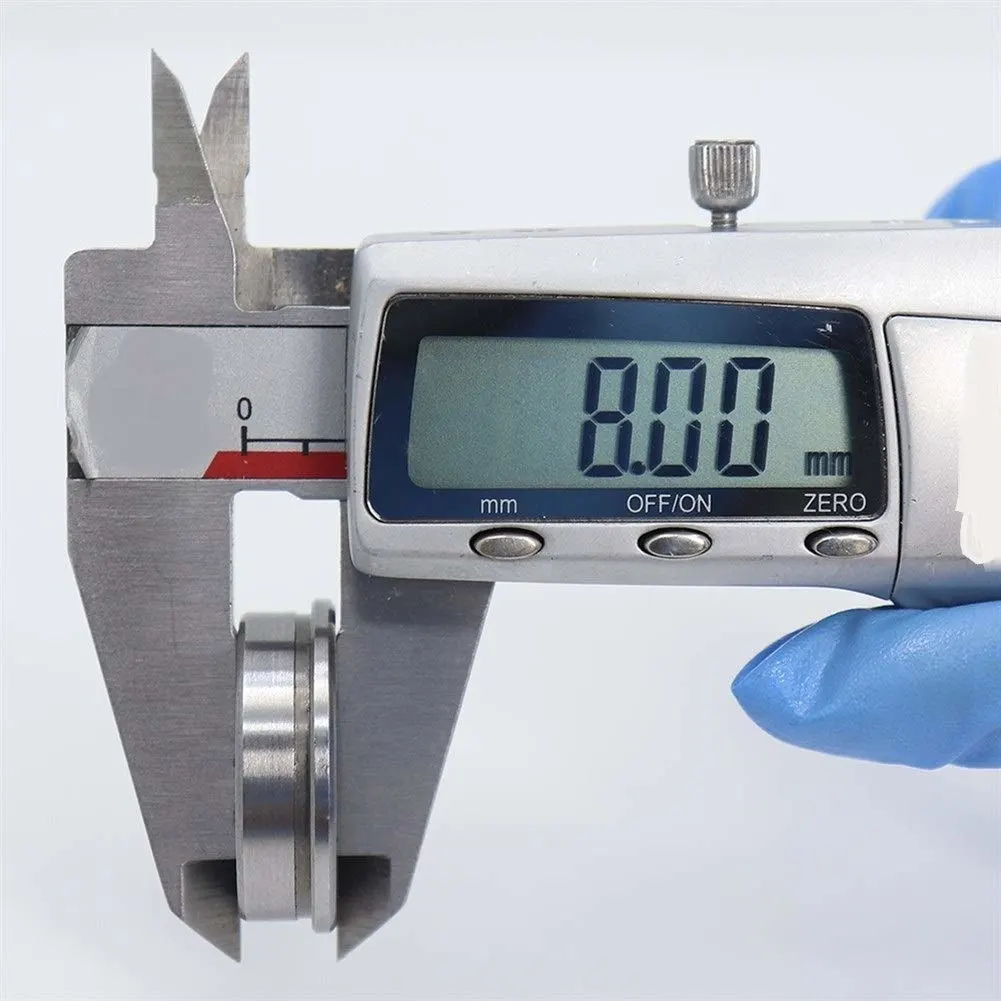
Tip: Always measure in the same spot more than once. This helps you catch any errors caused by uneven surfaces or tool slips.
Load Requirements
You must also check the load ratings for your bearing. Bearings handle two main types of loads: radial (sideways) and axial (along the shaft). If you pick a bearing that cannot handle your load, it will wear out fast or even fail. The flanged ball bearing size chart lists load ratings for each size. Look for both the dynamic and static load ratings.
Here is a table to help you understand the types of loads and which bearings work best:
| Load Type | Load Direction | Suitable Bearing Types | Key Factors |
|---|---|---|---|
| Radial Load | Perpendicular to shaft | Deep groove ball, cylindrical roller, needle | Radial load rating |
| Axial Load (Low/Moderate) | Along shaft | Axial deep groove, four-point contact | Axial load factor (Y), contact angle |
| Axial Load (High) | Along shaft | Axial needle, cylindrical, spherical roller | Bearing design, arrangement |
| Combined Load | Both directions | Angular contact, spherical, tapered roller | Factors X, Y, e for load calculation |
Manufacturers test bearings by running them under set loads and speeds. They use these tests to set the dynamic load rating, which tells you how long the bearing should last. If you use a bearing with the wrong load rating, you risk early failure. Always make sure your bearing meets the needs of your project for both durability and reliability.
Note: You should always match your load needs to the ratings in the chart. This step helps you avoid costly breakdowns and keeps your machines running smoothly.
Mistakes to Avoid
When you use the flanged ball bearing size chart, you can avoid many common mistakes. Paying attention to details helps you get the best results and keeps your machines running smoothly.
Wrong Measurements
You might think a small error in measuring the shaft or flange does not matter. In reality, even a tiny mistake can cause big problems. For example, a case with a transfer case output flange in a vehicle showed that poor securing and sizing led to the flange coming loose. The flange could be pulled out by hand, which caused vibration and wear. This happened because the flange was not held tightly enough. Technical guides also warn that a misalignment gap of just 0.004 inches can damage the shaft or flange. Always use the right tools and double-check your numbers. Make sure you measure the flange at several points to catch any uneven spots.
Tip: Use the same units for all your measurements. Mixing inches and millimeters can lead to the wrong flange size.
Ignoring Load
You may forget to check the load ratings in the size chart. This mistake can lead to early bearing failure. Studies show that ignoring load requirements can cause the bearing to break, deform, or even fail completely. When you do not match the bearing to the right load, you risk damage to your equipment and possible safety hazards. Dynamic loads, like vibration, can make the flange wear out faster. Always check both radial and axial load ratings in the chart. This step helps you pick a flange that lasts longer and works better.
Note: Load ratings are not just numbers. They show how much force the flange can handle before it fails.
Overlooking Flange Fit
You might overlook how well the flange fits in the housing. If the flange does not fit tightly, it can slip or move during use. This can cause leaks, noise, or even total failure. The flange keeps the bearing in place and stops it from moving sideways. If you skip this check, you risk damaging both the flange and the housing. The flanged design gives extra support, but only if you match the flange size to your housing. Always compare your flange measurements to the size chart before you buy.
Tip: Check the flange diameter and outer diameter twice. A good fit means better performance and longer life for your bearing.
You can master flanged ball bearing selection by following three quick checks. First, measure the shaft diameter. Next, check the flange and outer diameter. Then, confirm the width and load. Always make sure the flange fits tightly. Never ignore the flange size in your project. A correct flange keeps your bearing secure. Use the flanged ball bearing size chart with confidence. For expert help and a wide range of options, contact TFL Bearings.
FAQ
How do you know if a flanged ball bearing will fit your project?
You measure the shaft, flange, and housing. Then, you check these numbers against the flanged ball bearing size chart. This helps you find the right fit and avoid problems later.
What tools do you need to measure for flanged ball bearings?
You use a caliper or a micrometer. These tools help you get accurate measurements for the shaft, flange, and width. Clean tools give you better results.
Why is the load rating important when choosing flanged ball bearings?
The load rating tells you how much force the bearing can handle. If you pick a bearing with a low load rating, it may wear out or break quickly. Always check the chart for this number.
Can you use flanged ball bearings in high-speed applications?
Yes, you can use flanged ball bearings for high-speed jobs. You must check the speed rating in the size chart. This helps you pick a bearing that works well and lasts longer.
What is the difference between ball bearings and roller bearings?
Ball bearings use balls to reduce friction. Roller bearings use cylinders. Each type works best for different loads and speeds. You choose based on your project needs.
